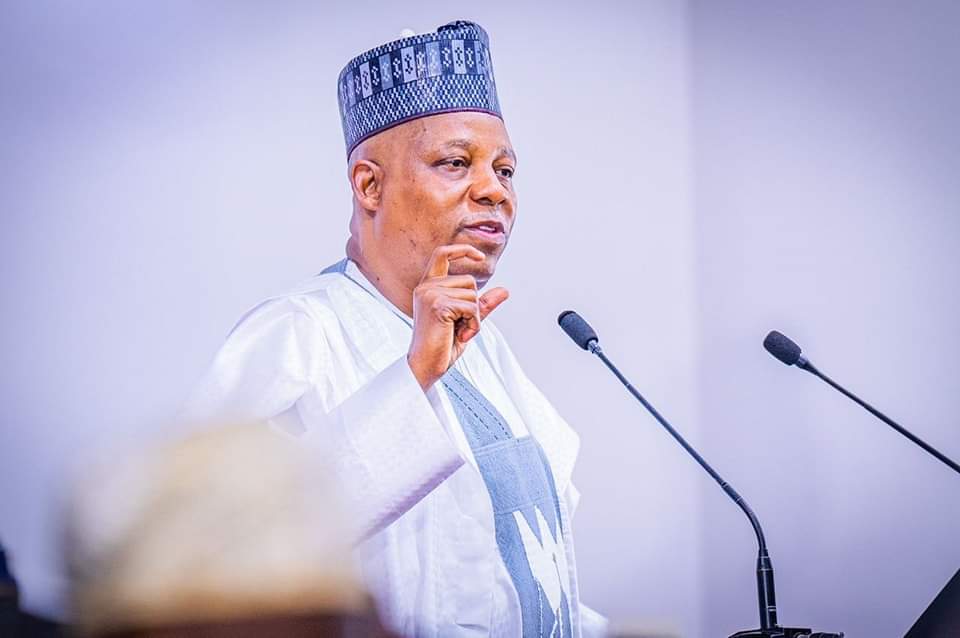The Light Up South East Scheme is an initiative of the Federal Government of Nigeria aimed at accelerating power supply in industrial clusters within the region. The project, which is a collaboration between the Niger Delta Power Holding Company (NDPHC) and its partners, was officially unveiled on Monday, February 26, 2024, by the vice president of Nigeria, Kashim Ibrahim Shettima, in Enugu, Enugu State.
According to the vice president, the Light Up South East Scheme is poised to make a significant impact, illuminating the path towards progress and economic growth in the region while emphasizing that improving energy supply in the South East is crucial for the overall well-being of Nigeria. “If the South East works, Nigeria will work,” Shettima said.
Many Nigerians have considered the new initiative as one that would be worthwhile given that it is aimed at achieving a specific goal, which is to enhance energy availability for businesses and residents across the Southeast and eventually, across the entire country, catering for its over 200 million citizens.
Nigeria has, for a very long time, grappled with persistent challenges in its electricity sector, hindering economic growth, industrial development, and the overall well-being of its citizens. One of the fundamental challenges is the inadequate power generation capacity relative to the country’s ever-growing population and economic activities. Recall that Nigeria’s power generation has, over the years, struggled to keep pace with the increasing demand, and in a bid to achieve this, a lot of efforts failed to yield positive results, and the eventual consequence has been chronic electricity shortages and frequent power outages. Queries to ascertain the cause of the country’s insufficient capacity to generate adequate power over the years have been, however, grossly attributed to underinvestment in the power sector, aging and poorly maintained infrastructure, and a lack of diversification in energy sources.
Beyond the aforementioned, a typical example is Nigeria’s monotonous power generation mix, which, as a resultant effect, has historically been heavily dependent on thermal and hydropower sources, with the main source of electricity generation coming from fossil fuels, especially gas-fired power plants, which account for 86% of the capacity and are vulnerable to supply disruptions, pipeline vandalization, and fluctuating gas prices. This overreliance on a single energy source leaves the power sector vulnerable to external shocks and limits the resilience of the overall electricity supply.
Similarly, transmission and distribution infrastructure in Nigeria faces significant challenges as well. The transmission grid is often congested, leading to losses in power transmitted over long distances. Moreover, the distribution networks suffer from technical losses, commercial losses due to electricity theft and non-payment, and inadequate metering systems. The lack of proper infrastructure maintenance and investment exacerbates these issues, resulting in an inefficient distribution system. The unbundling of the state-owned Power Holding Company of Nigeria (PHCN) into separate entities for generation, transmission, and distribution was intended to enhance efficiency and competition, but the implementation has also faced numerous setbacks, and this has grossly impacted the electricity generation plan of the country, even as corruption and mismanagement within the power sector have also been persistent problems affecting both public and private entities. But while all of these and more persist, the Light Up South East scheme is perceived as a lifesaver to the electricity generation and sustainability plan of the nation, as the Enugu State governor, Dr. Peter Mbah, described it as a new dawn for power in the south and one of the most innovative initiatives in the power sector.
He assured that the program will bring about improved access to affordable power in the southeast, reduced power costs for the productive sector, and enhanced productivity while generating jobs for the nation’s growing youthful population.




